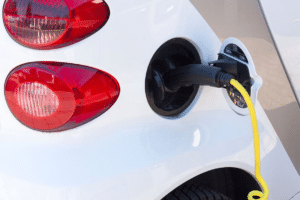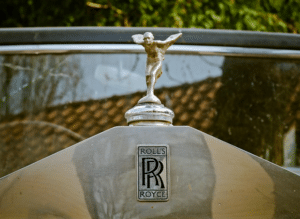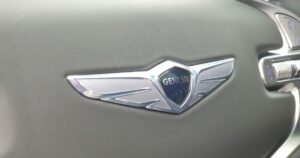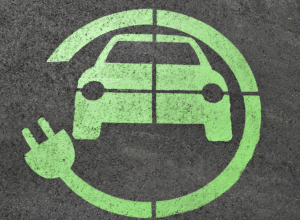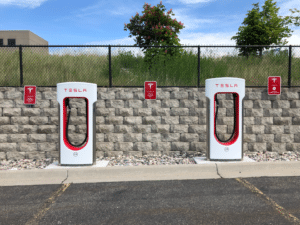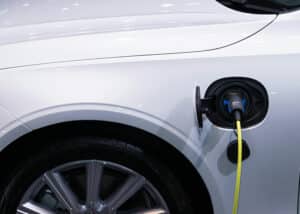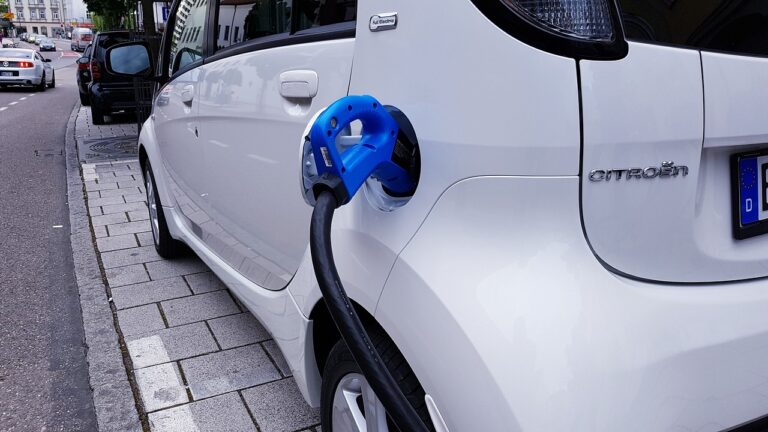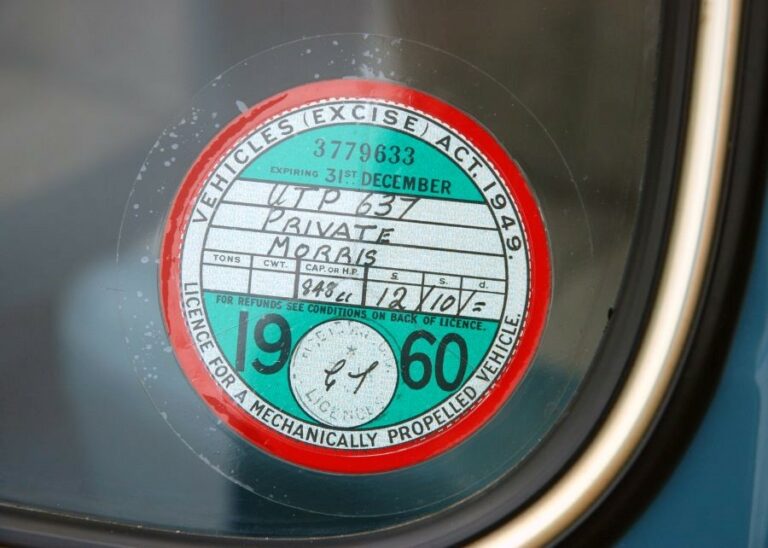What is a DPF?
We don’t need any more pollution in the world, which is why DPF’s
come in handy. Helping diesel’s to run cleaner, here’s what you need to know
about them, what they do, and how do you look after them.

What is a DPF?
DPFs (or diesel particulate filters) are there to help make
diesel cars run cleaner. That’s the bottom line of it. We all know that diesel cars
produce a tonne of soot, which causes us nothing but problems so whoever had
the bright idea to invent this filter deserves a pat on the back.
If you’ve noticed a decrease in respiratory problems since 2009 then it could be because DPF’s were introduced into modern diesel cars to stop the soot passing into the atmosphere. A DPF’s job is to filer and stores the soot, to help reduce emissions. The only thing is, this soot has to be regularly burned off to regenerate the DPF. Who’s job is that your wondering…
You’ll know about it if there is a problem with your DPF as the worst-case scenario is that your engine will stop running and you’ll be left with a hefty repair bill. The best thing that you can is to try and maintain these filters as much as you can and you’ll be thanking yourself in the long run.
Can you remove a DPF?
Do you want to be facing a fat fine of up to £1,000? No, we didn’t think you would, which is why it is illegal for you to remove your DPF. If you think that’s bad if you’ve got a van and you do this then you could be looking at anything from £2,500. It can also invalidate your insurance too, so double the trouble.
Can you save it if it becomes blocked?
There’s nothing worse than a clogged DPF filled with soot. Faults galore and oh boy will you know about it as well when that bright orange light appears on your dashboard. It will be like Blackpool illuminations on there.
If you’re wondering what to look out for, just keep an eye out for a box that has a dot-to-dot inside of it.
Is ignorance really bliss?
Let’s say you are in that sticky situation where your DPF becomes blocked and is all choked up, what now? That warning light is flashing and staring you right in the face, would you just ignore it?
As easy as it would be to just ignore this, you’ll only regret it as your car will eventually go into limp mode to prevent further engine damage and no one wants that. Leave it for too long and your DPF won’t be able to regenerate itself and it’s probably going to be time to replace it.
How to keep your DPF looking pretty
When that warning light appears, you know it’s time to clear that soot. The best you can do that to help maintain the DPF is to help it regenerate itself. You can do this in two ways, passive or active regeneration.
Passive regeneration
This occurs when you’re bombing it at speed down the motorway. We’ve all been there, we love a good ride on a long car journey. The great thing about this is that it allows our exhaust temperature to increase to a higher level and burn off that excess soot in the filter that it doesn’t need.
A good 30 to 50 minute run on the motorway at speed is recommended to help give that filter a good clear-out. Some drivers barely do this though, which is why there is another thing you could try to do if motorways don’t sound like you.
Active regeneration
How about a bit of fuel injection instead? Let your ECU chip in to do some of the work as well. So, when your filter reaches its limit, it will raise the temperature for you and burn off some of that soot.
Just don’t be too rapid with your journeys. If you’re only going for a spin then this will be too short for it to work its magic and the regeneration process might not be fully complete. From when your warning light comes on, and provided that you do it by the book, you could have your regeneration cycle done and cleared your warning light off in 10 minutes or so.
The top thins to look out for to know whether you’re doing active regeneration are things like:
- Engine note change
- Increase in fuel consumption
- Deactivation of stop/start
- Cooling fans not running
- A funky smell coming from the exhaust
How much is it to replace a DPF?
We hate to be the one to break it to you but DPF’s are rather expensive/ Talk about breaking the bank balance but a new one can come in at anything from around £1,000 to £3,500. Pricey, we know, but it’s the risk that comes with having a diesel car.
As your car gets older, then who knows how much you could be paying for a replacement DPF, it could be more than your actual car is worth one day. Fingers crossed it’s not, but the older your car is, the more likely you’re going to need a new DPF.
A replacement is easy enough to get your hands on, but that’s the scary part as you never know how genuine these are. or whether they work like they’re supposed to. Eyes on the prize and you should be all good.



















